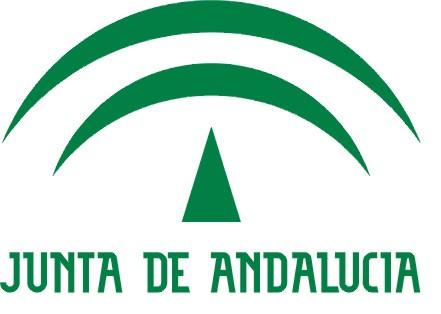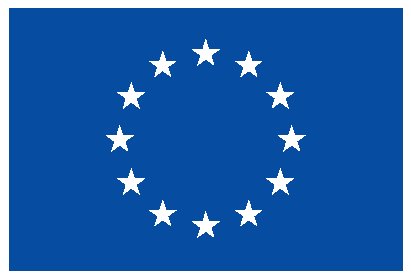Multiobjective evolutionary algorithms to identify highly autocorrelated areas: the case of spatial distribution in financially compromised farms
Hits: 10076
- Áreas de investigación:
- Año:
- 2014
- Tipo de publicación:
- Artículo
- Palabras clave:
- Multiobjective, evolutionary, hot-spots
- Autores:
-
- García-Alonso, Carlos
- Pèrez-Naranjo, Leonor M
- Fernández, Juan Carlos
- Journal:
- Annals of Operations Research
- Volumen:
- 219
- Número:
- 1
- Páginas:
- 187-202
- Mes:
- August
- ISSN:
- 0254-5330
- BibTex:
- Nota:
- JCR (2014): 1.217 Position: 38/81 (Q2) Category: OPERATIONS RESEARCH AND MANAGEMENT SCIENCE
- Abstract:
- Local Indicators of Spatial Aggregation (LISA) can be used as objectives in a multicriteria framework when highly autocorrelated areas (hot-spots) must be identified and geographically located in complex areas. To do so, a Multi-Objective Evolutionary Algo- rithm (MOEA) based on SPEA2 (Strength Pareto Evolutionary Algorithm v.2) has been designed to evaluate three different fitness functions (fine-grained strength, the weighted sum of objectives and fuzzy evaluation of weighted objectives) and three LISA methods. MOEA makes it possible to achieve a compromise between spatial econometric methods as it highlights areas where a specific phenomenon shows significantly high autocorrelation. The spatial distribution of financially compromised olive-tree farms in Andalusia (Spain) was selected for analysis and two fuzzy hot-spots were statistically identified and spatially located. Hot-spots can be considered to be spatial fuzzy sets where the spatial units have a membership degree that can also be calculated.
- Comentarios:
- JCR (2014): 1.217 Position: 38/81 (Q2) Category: OPERATIONS RESEARCH AND MANAGEMENT SCIENCE







